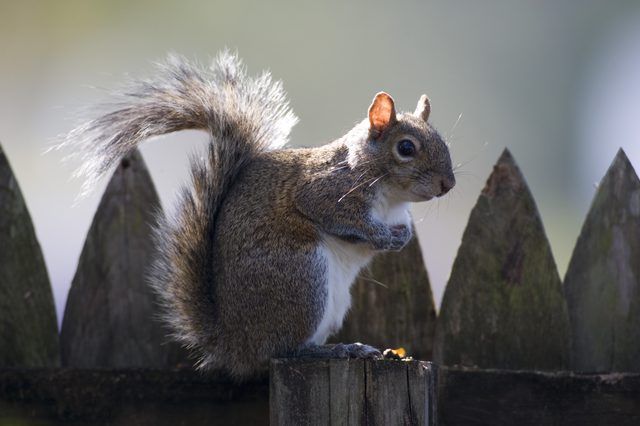Bulbs
Flower Basics
Flower Beds & Specialty Gardens
Flower Garden
Garden Furniture
Garden Gnomes
Garden Seeds
Garden Sheds
Garden Statues
Garden Tools & Supplies
Gardening Basics
Green & Organic
Groundcovers & Vines
Growing Annuals
Growing Basil
Growing Beans
Growing Berries
Growing Blueberries
Growing Cactus
Growing Corn
Growing Cotton
Growing Edibles
Growing Flowers
Growing Garlic
Growing Grapes
Growing Grass
Growing Herbs
Growing Jasmine
Growing Mint
Growing Mushrooms
Orchids
Growing Peanuts
Growing Perennials
Growing Plants
Growing Rosemary
Growing Roses
Growing Strawberries
Growing Sunflowers
Growing Thyme
Growing Tomatoes
Growing Tulips
Growing Vegetables
Herb Basics
Herb Garden
Indoor Growing
Landscaping Basics
Landscaping Patios
Landscaping Plants
Landscaping Shrubs
Landscaping Trees
Landscaping Walks & Pathways
Lawn Basics
Lawn Maintenance
Lawn Mowers
Lawn Ornaments
Lawn Planting
Lawn Tools
Outdoor Growing
Overall Landscape Planning
Pests, Weeds & Problems
Plant Basics
Rock Garden
Rose Garden
Shrubs
Soil
Specialty Gardens
Trees
Vegetable Garden
Yard Maintenance
How to Keep Pests out of your Garden
Keep deer, rabbits, raccoons, mice and other pests out of your garden by using multiple ways to discourage them.
Anytime you have a garden, you will have pests. Sometimes one of the more challenging aspects of being a gardener is dealing with the insects, birds, rabbits, deer and other creatures that just canít seem to stay away from the bounty they find in your garden. Although you may not be able to discourage every pest, youíll be able to keep most of them out of your gardening space by using a bit of effort.

Cover Your Plants
Covering the plants in your garden can be a highly successful method of discouraging many kinds of pests. Covers around plants are effective physical barriers. Nylon netting draped over your plants will stop deer from being able to nibble on them. Netting also keeps birds away from most fruits and vegetables. If you use netting to cover a tree, though, birds still can get to it by sneaking underneath the netting. Secure the netting firmly all the way around the tree's trunk to keep them out. Netting that is tightly secured to the trunk or to the ground also helps to keep raccoons, skunks and rabbits away.
Certain insects, such as the Mexican bean beetle, can be kept out of your garden with cheesecloth. Use this light, airy fabric to cover an entire row of at-risk plants. Water, air and light can get through the cheesecloth, but the it keeps out pests.
Fence the Space
Fencing keeps out many kinds of garden pests, including raccoons, skunks, deer, rabbits and squirrels. The fence must be made of mesh that has holes no bigger than 1 inch to keep out those animals; fencing called chicken wire is an example. Mesh with smaller holes, such as 1/4 inch, also excludes mice and rats. Bury the bottom part of the mesh fencing at least 6 inches underground all the way around the garden. Bend the lower section of the fence Ė at least the first 6 inches Ė at a 90-degree angle outward from the garden, and then stretch the rest of the fence perpendicular to the ground to prevent critters from jumping over it. Deer jump just about anything, but deer fence 8 to 10 feet high generally keeps them out. Ensure that deer can see the fence by tying cloth strips, or flags, on it. Otherwise, deer may not see the fence and attempt to walk, run or jump through it.
Deter pests such as raccoons and squirrels, which are notoriously hard to fence out of gardens, by adding a couple of strands of electric wire to the fence. Add one at a height of 2 to 6 inches above ground and another at the top of the fence to discourage them. If you donít have a regular fence, put strands of electric fence at 6 and 12 inches above ground to keep raccoons away. Use an electric fence charger that is the right size for the electric fence, and hang warning signs on the fence's wires to warn people about their presence.
Place Underground Barriers
Plan ahead to exclude groundhogs or gophers from your garden. Because those pests dig deep tunnels and attack plants from underground, itís best to put barriers in place when you set out your garden's plants.
Things You'll Need
Shovel
Tape measure
1/4-by-1/4-inch wire mesh
Step 1
Dig up the area where you will put your garden. Dig to a depth of at least 2 feet throughout that planting area.
Step 2
Remove the soil from the planting area, leaving the space 2 feet lower than the surrounding ground.
Step 3
Place a layer of 1/4-by-1/4-inch wire mesh in the bottom of the planting area.
Step 4
Put the removed soil on top of the wire mesh. Plant your garden.
Tip
Loosely wrap bulbs or transplants' root balls in thin wire mesh to discourage underground pests from eating them.
For additional information on garden pest-control, see "Cheap Ways to Keep Bugs Off Plants," and "How to Kill Garden Pests Without Poison."